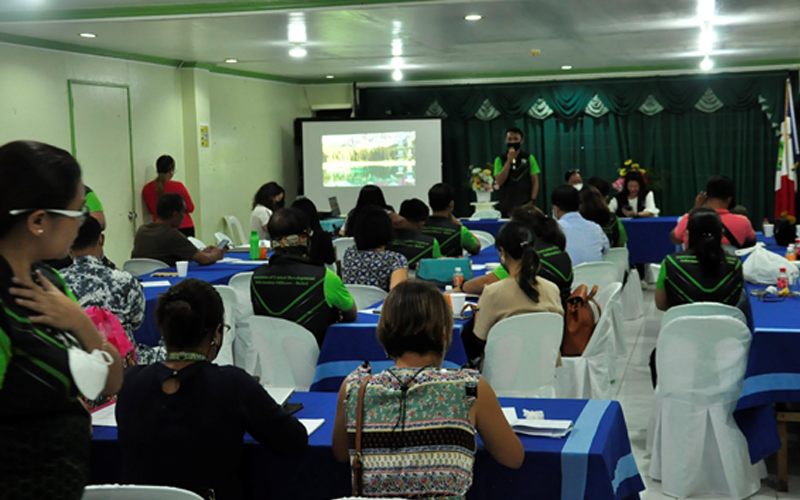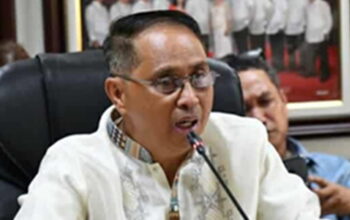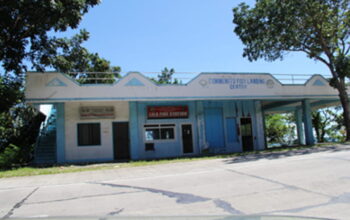
DEPARTMENT of Agriculture (DA) authorities are now shifting back their attention to research and development, especially on the rice value chain, to look into the issue of why farmers are still producing way below what they should be getting for their hard work.
The new twist came after a former DA secretary downplayed research, which made those whose projects bank on the initiative become tagged as involved in controversies.
DA-7 Information Officer Che dela Victoria however bared this new twist, to information officer members of the Association of United Development Information Officers of Bohol (AUDIO Bohol) during the one-day briefing on Food Security at the Bohol Public School Teachers and Employees Association building July 20.
This too as the country’s newly elected president took on the agriculture portfolio and pronounced publicly that he wants rice to be commercially available at P20 a kilo or Beynte’ng Bigas.
His Beynte’ng Bigas has some critics laughing, taunting the son of a former president as detached from the reality.
But then, those who are familiar with the rice value chain knows that at every aspect of the chain, Filipino farmers, have been following wrong practices that have not been grounded on research and development that has been available.
Regionalized Focal Person for Rice in Region 7, Cecille Opada, who herself has decades of experience as a rice technician, said the Philippine Statistics Authority’s data has shown that the average yield for a hectare of rice farm here is 3.0 tons.
That however is after farmers follow what they think works because it worked then.
And that, too is a mistake that has been ingrained in the mentality of the farmer, hits Opada who spoke to information officers during the forum.
Every rice technician at DA knows they can grow from 7 to 10 tons in a hectare, with [planting at] the right time, putting the right inputs, and using the right rice seed varieties, Opada shared in the forum attended by LGU and national government agencies information officers.
For illustration, another rice technician, in an interview said, there are already many rice seeds available but one of the best performing varieties: PSB RC18 still stands out, he said.
PSB, or the Philippine Seeds Board has long been replaced by the National Seed Industry Council, and hundreds of rice varieties have been promoted, but RC 18 remains among the best performers.
In a field experiment on the agronomic response RC 18, a lowland rice, grown under different water, spacing and nutrient management, shows that the variety may not need continuous flooding to produce high grain yield.
Study shows that PSB RC18 under soil-saturated but not fully flooded was significantly higher than under continuous flooding, so this needs less irrigation saving half of the water usually required for most later varieties.
And while plant height was reduced in no flooding conditions, this shows its resistance to lodging even at high grain yield.
And the rice variety can subsist on goat manure and compost mixture of madre de cacao, goat manure, rice straw and carbonized rice hull producing the same grain yield as the expensive inorganic fertilizer.
For years, Filipino farmers have used transplanting than direct seeding method, a lot of seedlings die in the transplanting process, significantly reducing yields.
Storage of dried seeds also matter, Opada adds, as improperly dried seeds do not germinate, and the farmer tends to lose about half of the seeds he germinates for transplanting.
As rice technicians insist 40 kilograms of inbred seeds is enough for a hectare, while 50 kilograms is for hibred rice, farmers have been complaining this is not enough.
Many have also theorized that the devolution has something to do with the degrading system the country is looking at its rice industry.
Farmers do not have much information about the new technologies, and they insist on the faulty traditions they have grown into, that they even plant on soils not suitable for rice, because they were not taught. So, if the rice harvest fails, they heap on inputs, which add up to the costs, compounded by the wrong practices, so, bringing the costs of rice down could prove a problem, if these factors in the value chain are not fixed.
Here, research should clear things out and the solutions in each link in the value chain could actually help the country achieve Beynte’ng Bigas, Opada sums.
Part of the actions for DA now is to establish a multi-year plan to address the value chain in a roadmap to 2030, that which includes a disaster proof agriculture infrastructure and energy efficient low maintenance cost structures to actually bring the costs down. (rahc/PIA-7/Bohol)



